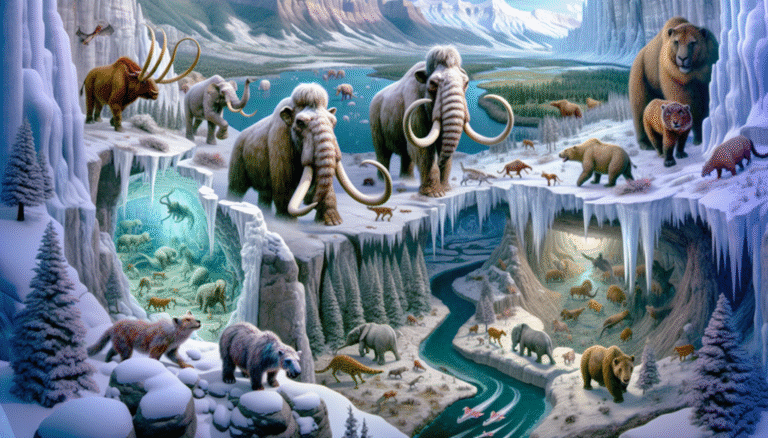When you imagine the tree with the densest canopy on Earth, you probably think of something from a tropical rainforest — maybe a towering kapok tree or a fig tree with roots that seem to stretch into other dimensions.
But what if I told you the tree with the most physically interconnected canopy in the world sits quietly in Utah? A tree that’s not actually a single trunk but tens of thousands of copies of itself — all part of a vast, ancient life form hiding in plain sight.
The forest that’s actually just one tree
Meet Pando. At first glance, it looks like just another aspen grove in the Fishlake National Forest in Utah. But here’s the twist — every one of its 47,000 trunks, or “stems,” is genetically identical. They aren’t separate trees at all. They’re offshoots of a single organism: a massive clonal colony of quaking aspen (Populus tremuloides) all connected underground by one sprawling root system.
And when I say sprawling, I mean it. Pando covers over 106 acres — that’s about 80 football fields — and it’s estimated to weigh over 13 million pounds, making it the largest living organism on Earth by mass. That alone is incredible.
Why Pando’s canopy is unlike any other
Pando’s canopy doesn’t just look dense — it operates as one tightly woven, living network. It’s 47,000-plus stems rise side by side, forming a sea of shimmering leaves that flutter in unison each fall. Because every one of these stems springs from a single root system, they grow in concert, respond to threats together, and age on the same biological timeline.
Here’s what sets it apart from other dense forests:
- Single genetic identity: Unlike tropical forests, which are made up of thousands of tree species, Pando is essentially one tree — just multiplied many times over.
- Shared root system: All stems are connected underground, often helping to support or even replace aging ones on the surface. One experiment in the 1990s showed that when several stems were cut down, surrounding ones responded by accelerating growth to fill in the canopy gap — a coordinated survival strategy.
- Self-sustaining habitat: Pando’s canopy provides consistent shade and shelter, allowing a unique micro-ecosystem to flourish beneath — including rare wildflowers, fungi, birds, and mammals that make their home nowhere else.
But wait… isn’t the Amazon denser?
You might be thinking: “What about the Amazon Rainforest — isn’t that the densest canopy in the world?” And you’d be right in one sense.
Tropical rainforests like the Amazon do have extraordinary canopy density at the forest level, often featuring multiple vegetation layers stacked from the forest floor to the treetops. They’re biodiversity powerhouses, no doubt about it.
But here’s the difference:
No single tree in a tropical rainforest duplicates itself across 100 acres, all connected belowground as one being. That’s where Pando breaks the mold. It’s not about vertical layering — it’s about physical, root-to-stem interconnection on a scale we don’t see anywhere else.
Why Pando matters more than ever
Sadly, Pando is in trouble. Overgrazing by deer and elk — who find its regenerated shoots especially appetizing — is preventing new stems from growing. Without regeneration, this ancient colony may slowly die off, one trunk at a time.
This remarkable organism, estimated to be thousands — if not tens of thousands — of years old, faces a modern crisis. Scientists like Paul Rogers from Utah State University have studied Pando for over a decade, calling it both a natural wonder and a symbol of resilience under threat.
Final thought: a single breath with 47,000 lungs
Think of Pando as less a “tree” and more a living community sharing one heartbeat. A forest mind, if you will.
In a world where we often look for awe in only the exotic or faraway, Pando reminds us: sometimes the most extraordinary things live among us, quietly connected and quietly enduring.
The next time you walk through a forest, ask yourself — are you surrounded by individuals, or one ancient organism speaking through thousands of voices?




Leave a Comment